Disarming Prostate Cancer: Dual Enzyme Blockade Weakens Tumors and Boosts Drug Response
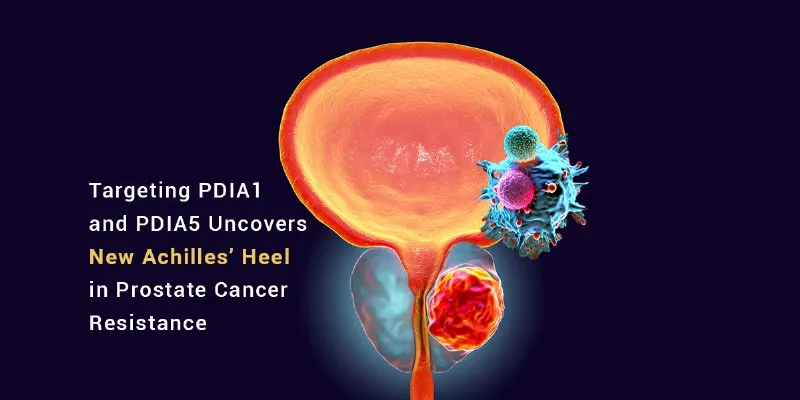
14 October 2025
A new PNAS study unveils a hidden vulnerability of prostate cancer: the protein-disulfide isomerases PDIA1 and PDIA5, which stabilize androgen receptor and sustain tumor survival. Inhibition of these enzymes destabilizes AR, damages mitochondria, and enhances enzalutamide's effect. The dual-inhibition strategy could reverse resistance and improve outcomes in advanced prostate cancer.
In findings published in Proceedings of the National Academy of Sciences (PNAS), researchers identified two enzymes, PDIA1 and PDIA5, as critical protectors of the androgen receptor (AR)—the molecular switch that fuels prostate cancer growth. By disabling these enzymes, scientists were able to strip away the cancer’s defenses, destabilize the AR, and trigger tumor cell death.
“We’ve discovered a previously unknown mechanism that prostate cancer cells use to protect the androgen receptor,” said senior author Professor Luke Selth, Head of Prostate Cancer Research at Flinders University. “By targeting these enzymes, we can destabilize the AR and make tumors more vulnerable to existing therapies like enzalutamide.”
Breaking the Cancer’s Molecular Shield
The androgen receptor is a central driver of prostate cancer. Most therapies—including the widely prescribed drug enzalutamide—aim to block its activity. But resistance inevitably emerges: cancer cells find ways to stabilize and reactivate the receptor despite drug treatment.
PDIA1 and PDIA5 act as molecular chaperones, ensuring that the AR remains properly folded and functional even under stress. The research team shows that when these enzymes are blocked, the receptor becomes unstable and degrades. In both lab-grown tumor cells and animal models, this led to marked tumor shrinkage.
When PDIA1/PDIA5 inhibitors were combined with enzalutamide, the results were striking: the cancer cells not only stopped proliferating but showed extensive signs of mitochondrial collapse and oxidative stress, suggesting a total breakdown of their survival systems.
“This is an exciting step forward,” said Professor Jianling Xie, the study’s lead author, now at South China University of Technology. “Our findings show that PDIA1 and PDIA5 are not just helpers of cancer growth but they’re also promising targets for new treatments that could work alongside existing drugs. This dual impact of hitting both the AR and the cancer’s energy supply makes these enzymes especially attractive targets. It’s like cutting off both the fuel and the engine at the same time.”
A Dual Strike: Disrupting Power and Protection
Beyond their role in stabilizing AR, PDIA1 and PDIA5 are central to cellular energy balance. They help manage the folding of proteins in the endoplasmic reticulum and protect the mitochondria—the cell’s powerhouses—from oxidative stress. When the enzymes were silenced, cancer cells lost their ability to manage energy production and detoxify reactive oxygen species.
This dual vulnerability—undermining both AR stability and energy metabolism—could be particularly effective against tumors that have developed drug resistance, a frequent outcome in advanced prostate cancer.
Promise and Caution
While the therapeutic potential is clear, the road to clinical translation will require careful refinement. Current PDIA inhibitors can also affect normal cells, raising safety concerns. Professor Selth and his team are now exploring strategies to develop tumor-selective inhibitors or to identify drug combinations that minimize collateral damage.
The research, supported by organizations including the Cancer Council of Australia, the Movember Foundation, and the Prostate Cancer Foundation of Australia, adds fresh momentum to the field’s growing focus on protein homeostasis as a therapeutic target.
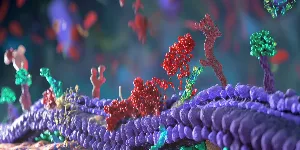
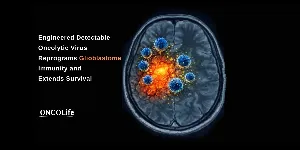



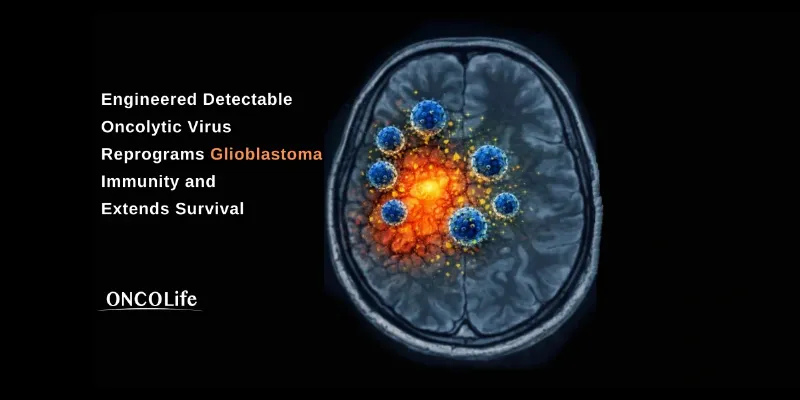
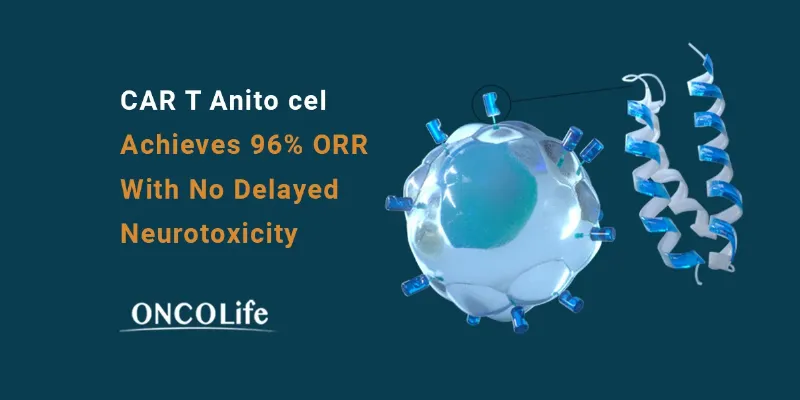
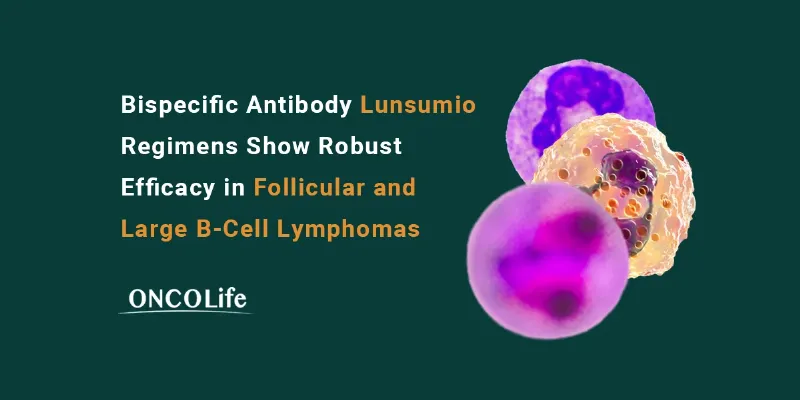
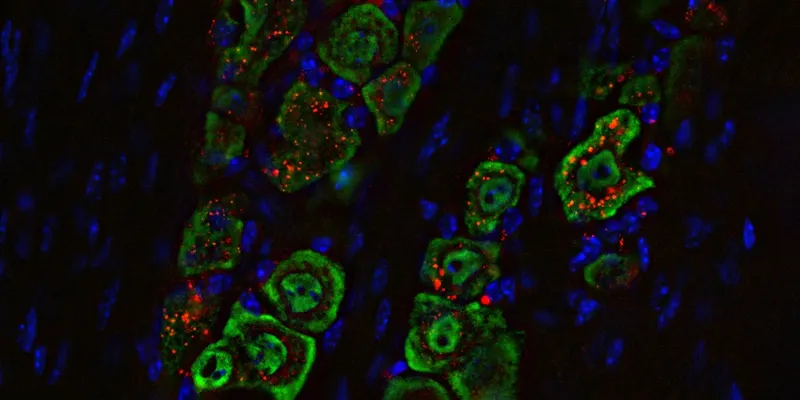
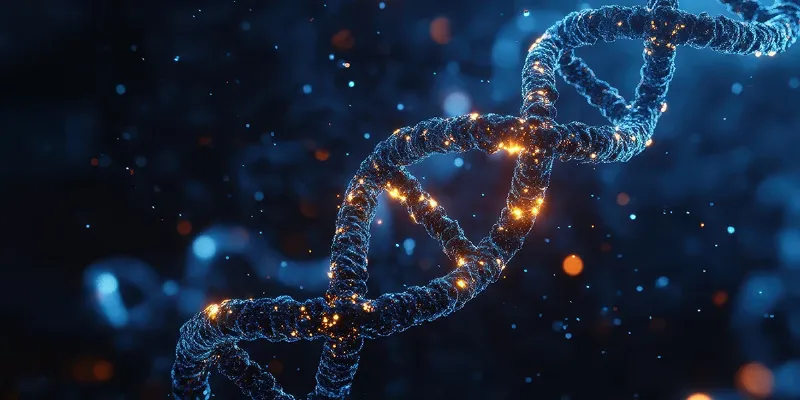
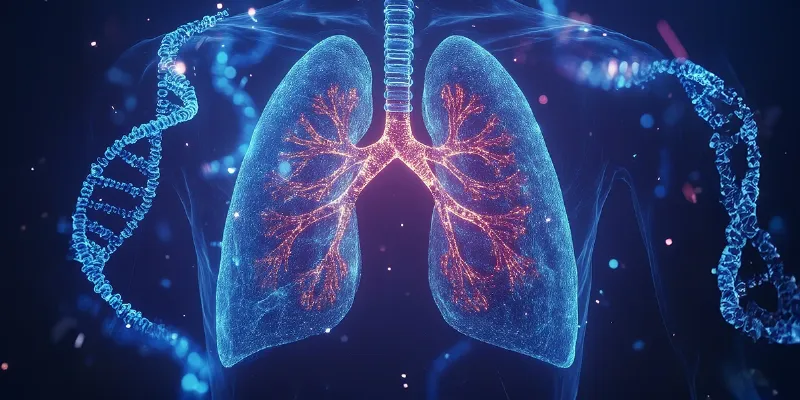
Comments
No Comments Yet!